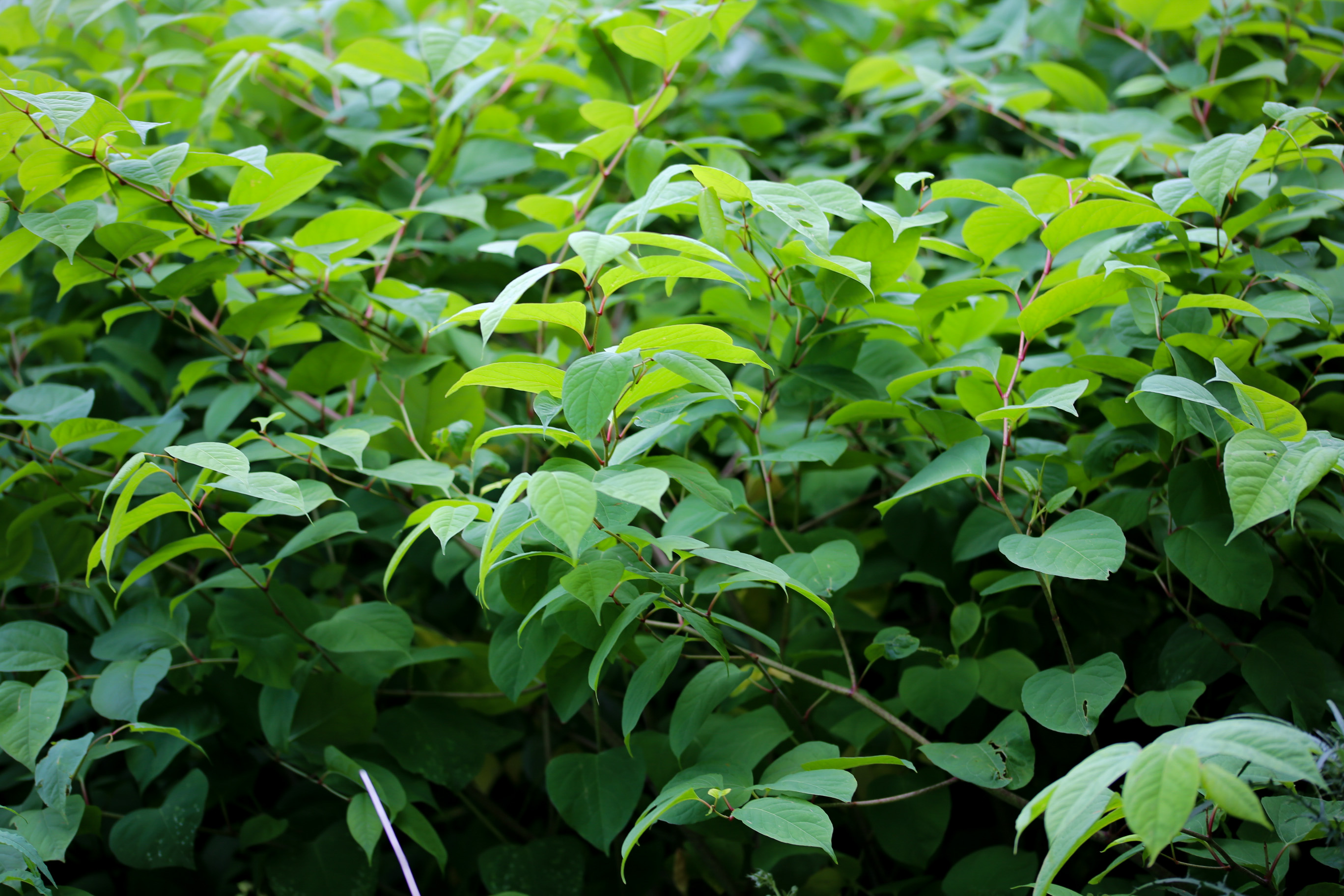Foraging enthusiasts are cooking Japanese knotweed in a bizarre culinary trend
Japanese knotweed is the Godzilla of weeds, feared and loathed by homeowners, but what you probably didn't know is that it's edible

Japanese knotweed is the one plant that homeowners and gardeners live in fear of. It grows quickly at almost 10 centimetres per day, is almost impossible to get rid of and makes your house impossible to sell. But in a bizarre turn of events, cooking Japanese knotweed has become a culinary trend – and it actually tastes rather pleasant.
Yes, even if you're up to speed with how to weed a garden properly, Japanese knotweed is one weed that you don't normally want to come across during your gardening tasks. It's easily the most undesirable weed to have on your property, with removal involving costly professional services and very toxic herbicides. However, a growing number of gardeners and foraging enthusiasts are trying to change this weed's poor image – by cooking with it.
A post shared by 🍁 Shell 🍁Canada 🍁 (@wild_food_around_the_world)
A photo posted by on
Wild food expert and Instagrammer wild_food_around_the_world claims that Japanese knotweed is not nearly as villainous as people assume – it's simply 'misunderstood.' They also explain that Japanese knotweed is 'a beloved and nutritious wild food in Japan and China' and illustrate washing and cooking the weed in several posts.
So, what does it taste like, and how do you cook it safely? Forager chef Alan from Minnesota describes the taste of knotweed as 'vaguely like rhubarb, but with a more earthy quality. Where rhubarb pairs naturally with red, ripe fruits, knotweed is much more at home with fall fruits like apples, pears, and grapes. It’s bit hard to describe.'
Unlike rhubarb, Japanese knotweed can be eaten raw, although Alan recommends cooking for best results. Ideally, what you're looking for are young shoots, no more than a foot tall. Older stems will have a tough skin and stringy texture that can be 'unpleasant.'
'The first thing I do with knotweed is cook and puree it in a blender, then freeze for later use. Like the paw-paw, which also has a funky texture after removing the seeds, making knotweed into a puree opens the door to possibilities,' says Alan.
Mainly, Alan says, he 'fold[s] it into things' – knotweed pie, anyone, or, perhaps, knotweed dip? Like rhubarb, again, the cooked weed benefits from sugar and the addition of fruit, as the sour flavour can be strong otherwise.
A post shared by Zen Knotweed (@zenknotweeduk)
A photo posted by on
There are a couple of precautions to take if you do decide to harvest Japanese knotweed. The first is only ever harvest the weed in your own garden; if you live in an area where knotweed has been found in public spaces of woodlands, do not harvest it, as it may have been treated with herbicide.
The second thing to remember is that Japanese knotweed is extremely invasive and will colonise anything given half a chance. For this reason, you should never put any leftover of the plant into your food bin or compost heap: instead, boil or burn any scraps before throwing away.
Want the lowdown on other troublesome weeds? Find out which plants risk legal trouble and mortgage rejection in our guide.
Read more:
- Weed control tips and tricks: keep them at bay with our advice
- Best weed killer: find the right product for your needs
- How to make homemade weed killer: try these eco solutions
Anna writes about interior design and gardening. Her work has appeared in Homes & Gardens, Livingetc, and many other publications. She is an experienced outdoor and indoor gardener and has a passion for growing roses and Japanese maples in her outside space.
